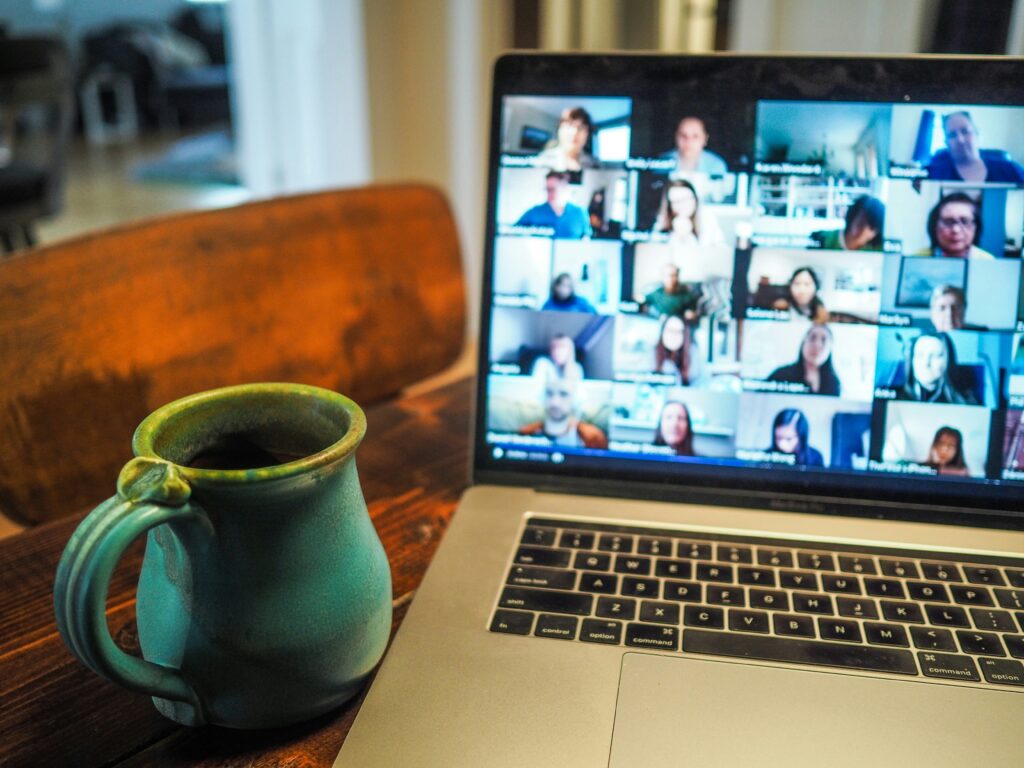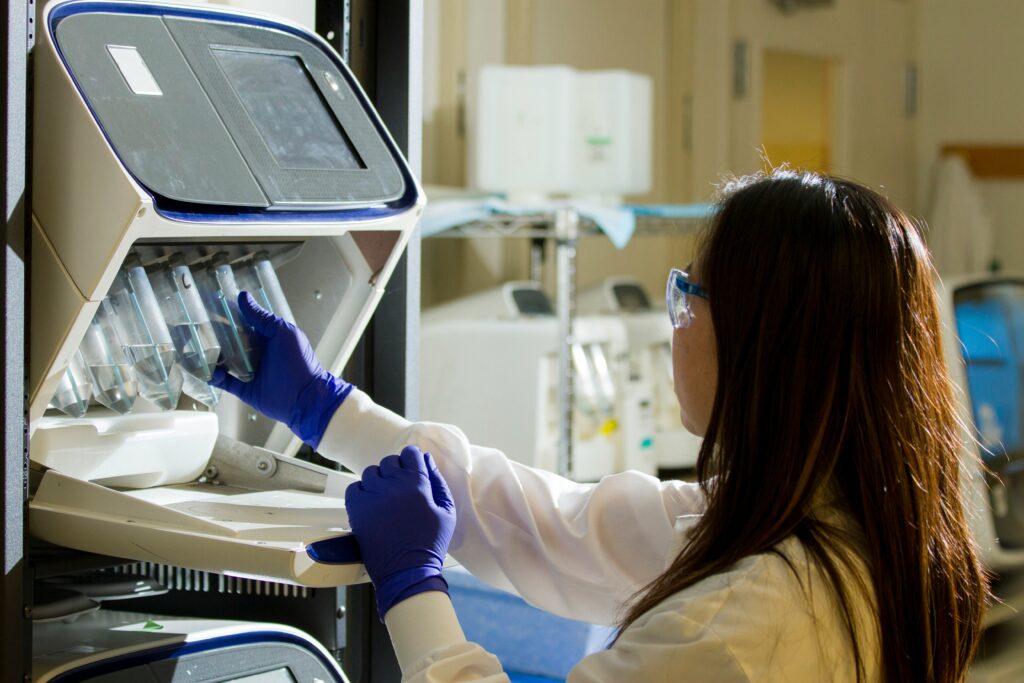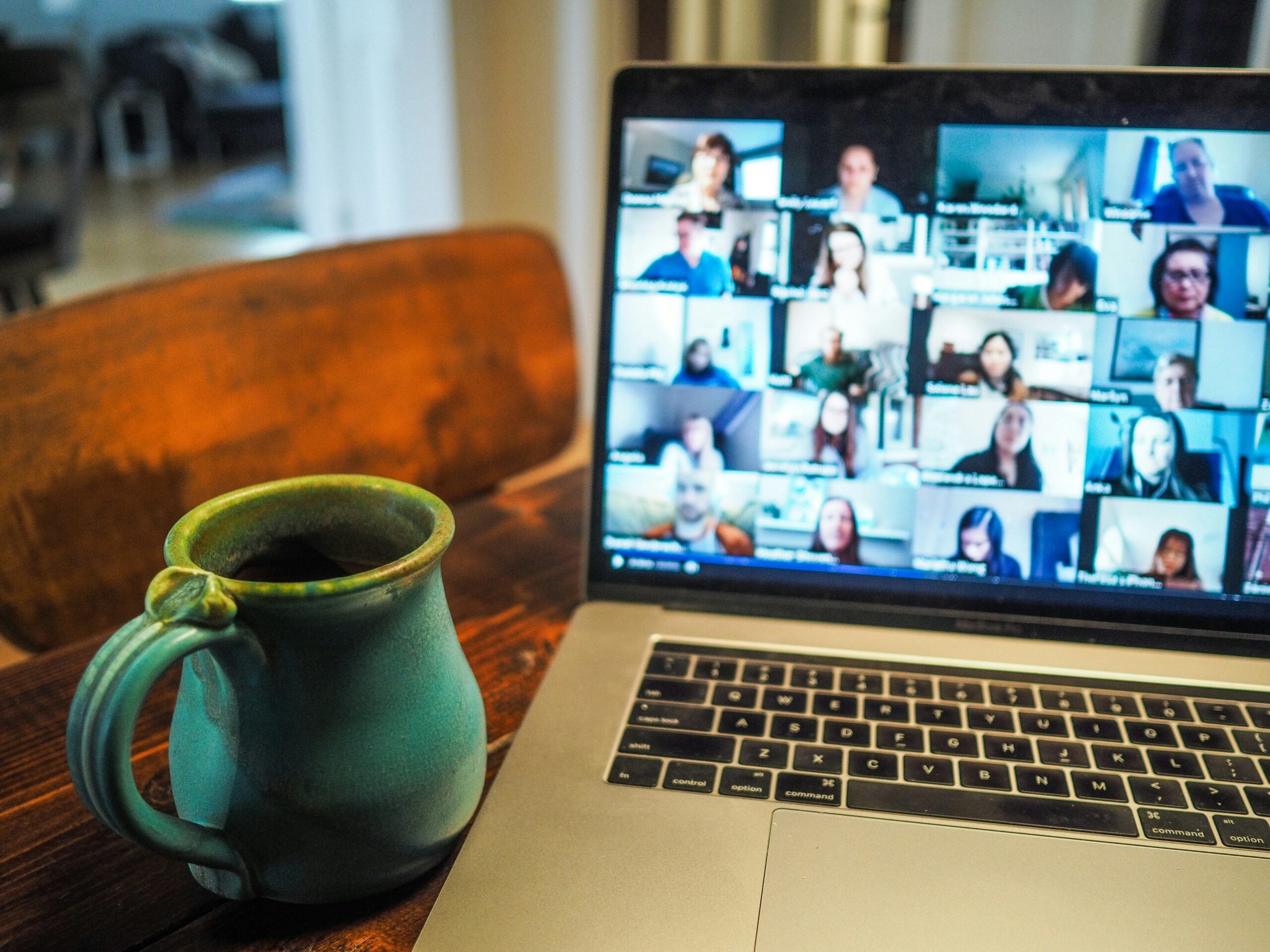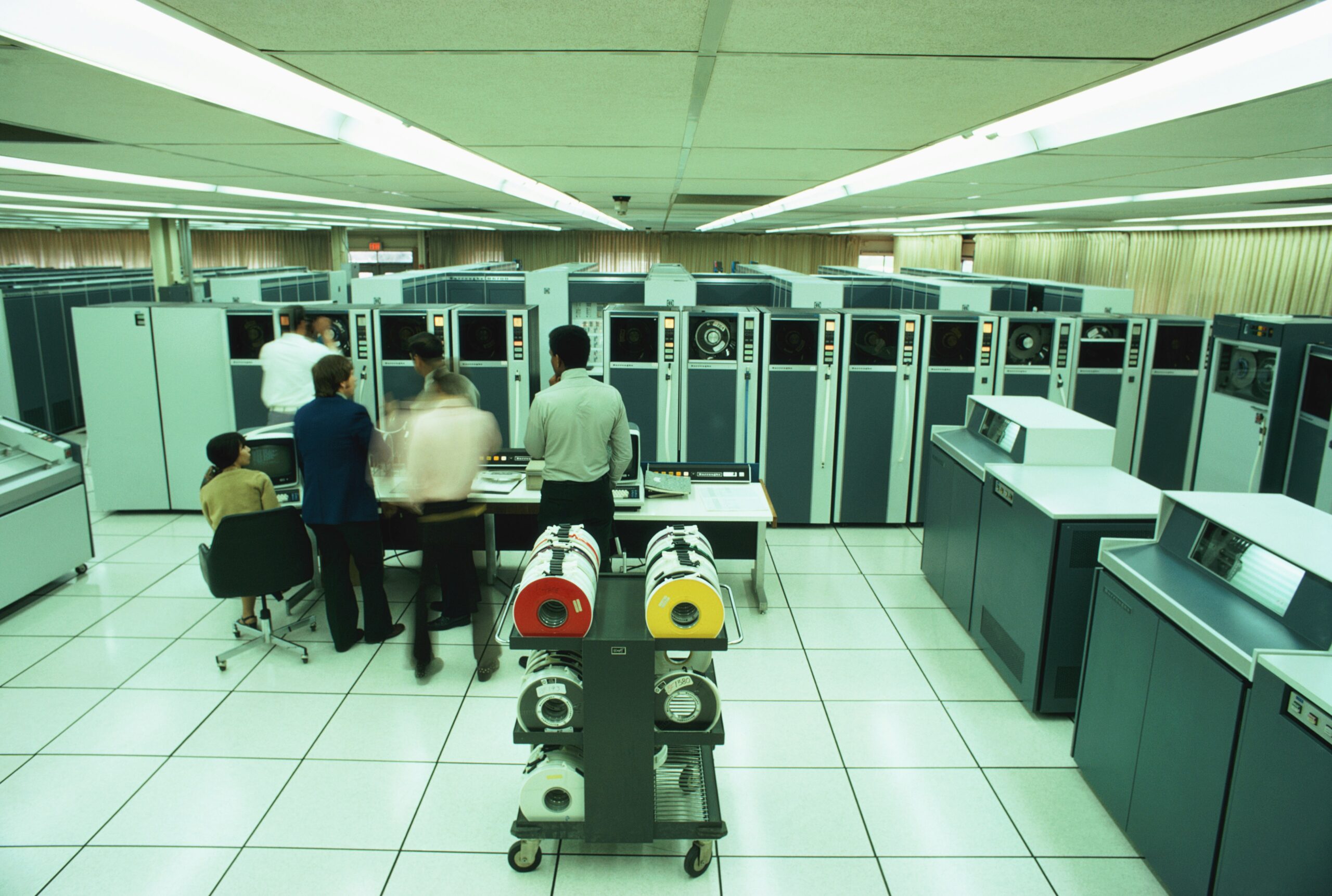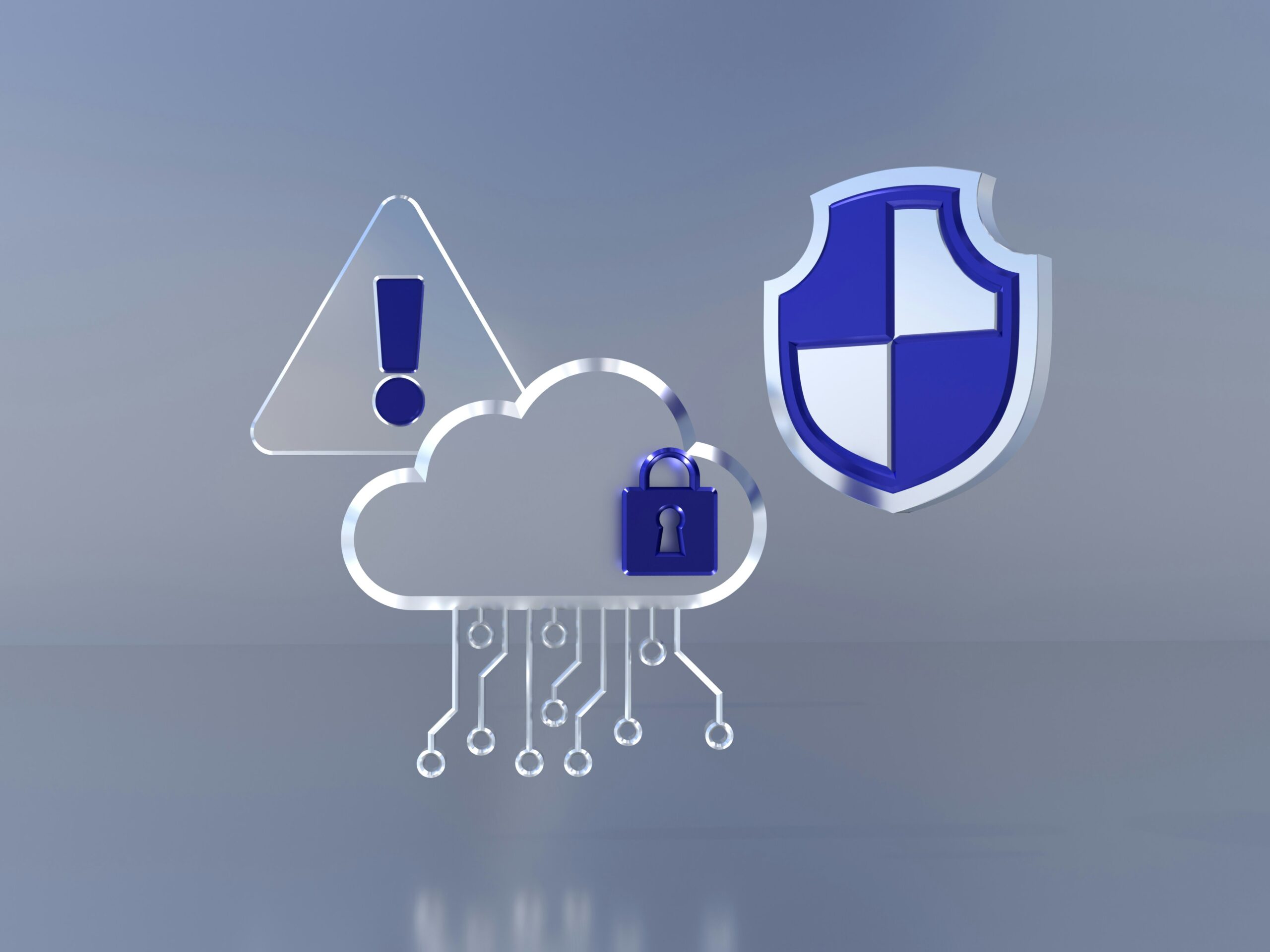Why Deepfakes Are the Next Frontier in Biotech Cyberattacks and How to Defend Against Them
The biotech industry is under siege, but not from where you’d expect.
As biotech firms push the boundaries of life sciences, they’re also becoming prime targets for cybercriminals wielding deepfake technology. These attacks don’t just go after your endpoints, they target your people, using AI-generated voices and videos to manipulate staff into revealing sensitive lab credentials.
In this post, we break down what deepfake phishing looks like in the biotech space, why your IP and lab access systems are especially at risk, and how your organization can mount a strong, compliance-ready defense.
What is Deepfake Phishing?
Deepfake phishing is a new breed of social engineering where attackers use synthetic audio or video—generated with AI to impersonate trusted individuals. Think: a fake Zoom call from your CSO asking for login credentials to the lab data system, or a voice message that mimics your compliance officer requesting an urgent security override.
And it’s already happening.
📊 60% of biotech companies in a recent survey were unaware their teams had been targeted by AI-generated phishing content.
In biotech, where access to clinical trial data, intellectual property, and proprietary lab systems is tightly guarded, the stakes are even higher. A single compromised credential could mean:
A breach of HIPAA or FDA regulations
Exposure of early-stage IP before patenting
Delay or shutdown of time-sensitive R&D projects
Loss of competitive edge in a crowded market
The New Biotech Threat Landscape
While traditional phishing still thrives, deepfake phishing is far more sophisticated and difficult to detect. For example:
Fake Zoom Calls: Attackers create a real-time video of an executive using AI facial animation and voice cloning tools.
Voice Deepfakes: Cybercriminals leave voicemails imitating your company’s leadership.
AI-Powered Email: Attackers mimic email tone and vocabulary using LLMs, adding legitimacy to credential requests.
These aren’t just IT problems, they’re board-level risks.
🧪 Biotech firms can lose millions in stolen data or delayed approvals if lab credentials fall into the wrong hands.
Who’s at Risk? (And Why Biotech is a Prime Target)
Deepfake phishing works best in industries where:
Access to critical systems is centralized or credential-gated
Employees aren’t trained to suspect spoofed communication
The consequences of downtime or data loss are catastrophic
Biotech fits this profile perfectly.
Especially vulnerable roles include:
Lab Technicians and Researchers with access to ELNs and LIMS
IT and DevOps managing secure lab networks
Compliance officers juggling SOC2, HIPAA, or CFR Part 11 audits
C-suite executives whose identities can be mimicked for access
How to Protect Lab Credentials from Deepfake Attacks
Here’s a multi-layered defense strategy that’s realistic for scaling biotech firms:
1. Enable MFA (Multi-Factor Authentication) on All Lab Systems
Use hardware-based keys (like YubiKey) wherever possible. OTP apps are good. Biometrics or physical devices are better.
✅ Bonus: Many compliance frameworks (HIPAA, SOC2) now treat MFA as a baseline security control.
2. Adopt Biometric or Smart Card Access for Physical Labs
Treat your physical lab door like a data center. Eliminate static keycards or badge-only access.
3. Roll Out Security Awareness Training for Deepfakes
Train your researchers, assistants, and executives to recognize fake voices and faces. Include:
Real vs. fake voice quizzes
Spoofed Zoom call scenarios
Phishing simulations with synthetic media
4. Implement Real-Time Identity Verification Tools
Consider AI-driven anti-deepfake software that can detect facial inconsistencies or playback artifacts during video calls.
5. Zero Trust Network Segmentation
Don’t give any single login full access to your research stack. Create network boundaries:
Separate environments for pre-clinical, clinical, and regulatory systems
Fine-grained user roles and time-limited credentials
Cloud Cat Services Can Help
We specialize in IT and cybersecurity services built for scaling biotech companies. Our approach includes:
Deepfake-resistant identity controls
Lab credential vaulting and rotation
Zero-trust architecture design
24/7 MDR and helpdesk with compliance-first support
HIPAA, SOC2, and CFR Part 11 readiness
🎯 CTA: Want to stress-test your lab’s defenses?
Book a free Biotech Security Audit today. We’ll assess your credential exposure, phishing risk, and compliance posture—no strings attached.
Frequently Asked Questions
How common are deepfake phishing attacks in biotech?
They’re rapidly rising. While not yet mainstream, attackers targeting biotech firms with voice or video impersonation are already being documented. Especially in companies undergoing funding rounds or trials.
What’s the biggest risk if lab credentials are stolen?
Attackers can tamper with R&D data, delete trial logs, steal IP, or sell credentials to competitors or foreign actors. This opens the door to regulatory penalties and shareholder lawsuits.
Can deepfakes fool even tech-savvy employees?
Yes. AI-generated videos and voices can be incredibly convincing, especially in high-pressure environments or when employees are multitasking.
What should I do if I suspect a deepfake attempt?
Immediately notify your IT team. If you’re working with Cloud Cat, open a security ticket or call our 24/7 response line. We’ll triage, lock down systems, and help preserve forensic evidence.
Final Thoughts: Biotech Needs Proactive Cyber Resilience
Deepfake phishing isn’t a future problem. It’s a current and escalating threat. In a space where the value of your company rests on intellectual property and data integrity, securing lab credentials must become a board-level priority.
If you’re ready to go from reactive to resilient, Cloud Cat Services can help.
📞 Schedule Your Free Security Audit
🧬 Trusted by Boston’s leading biotech startups.


